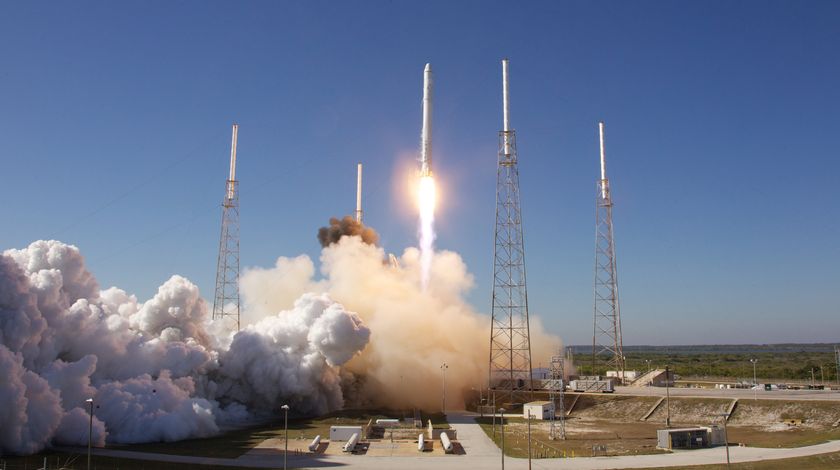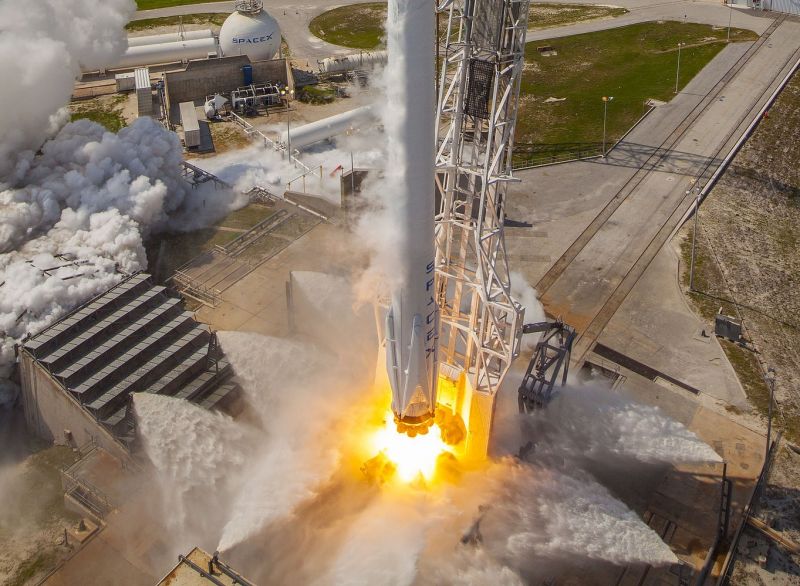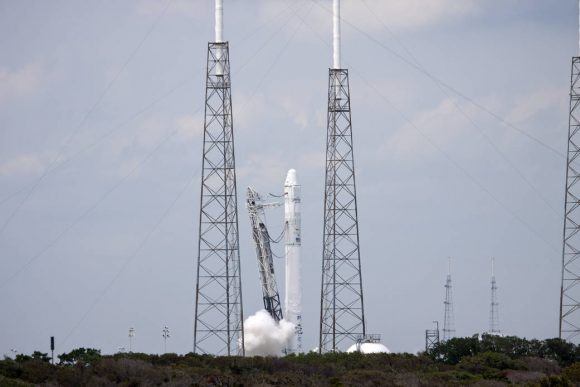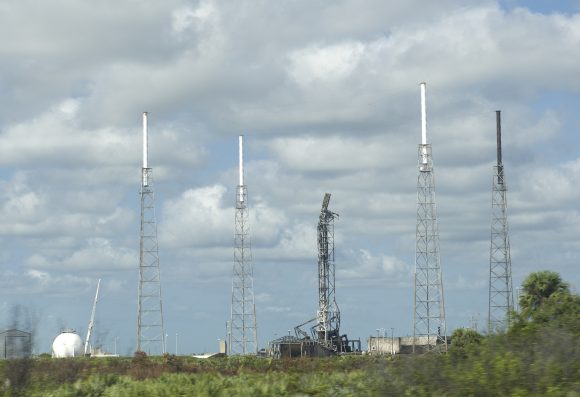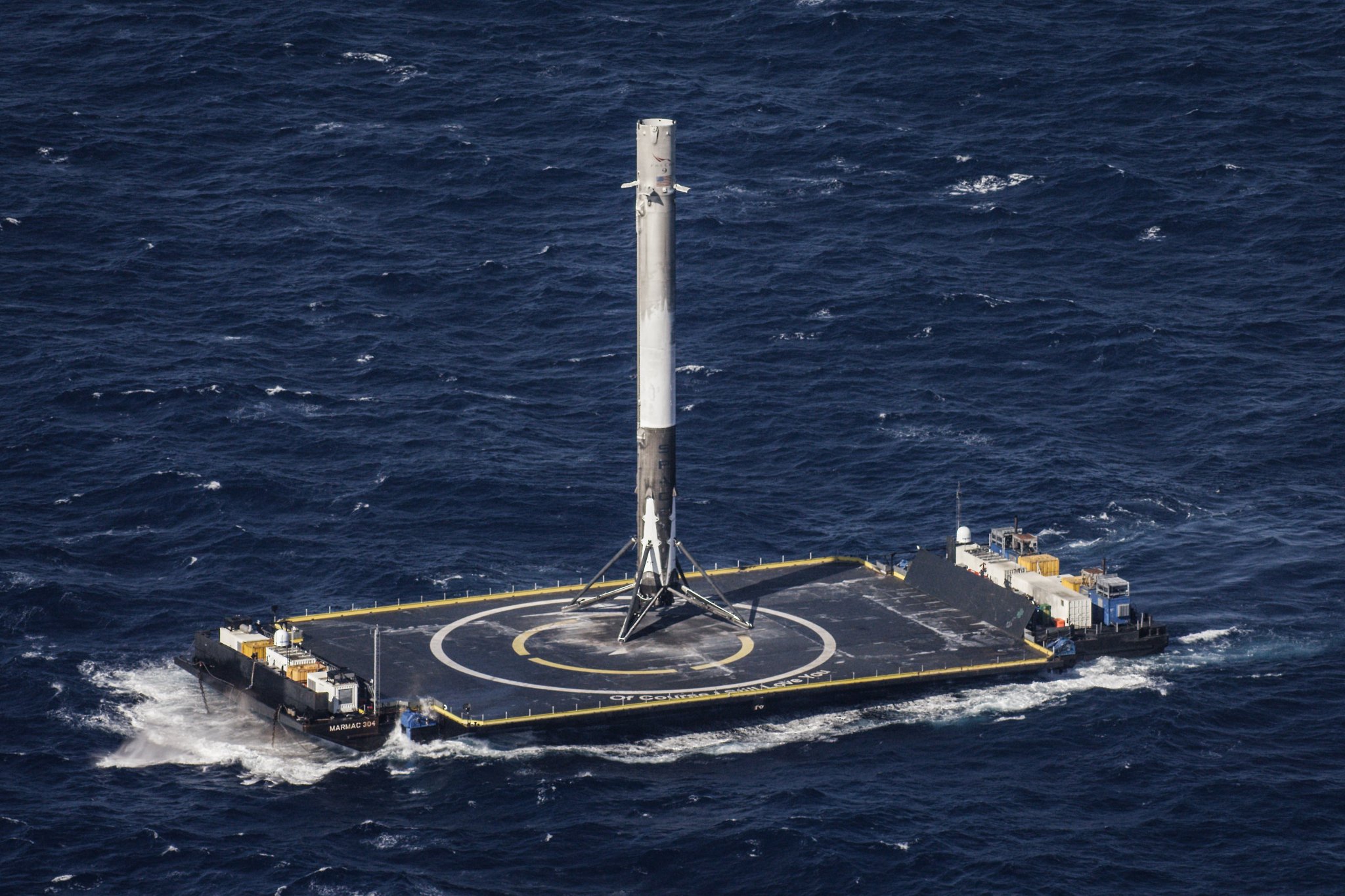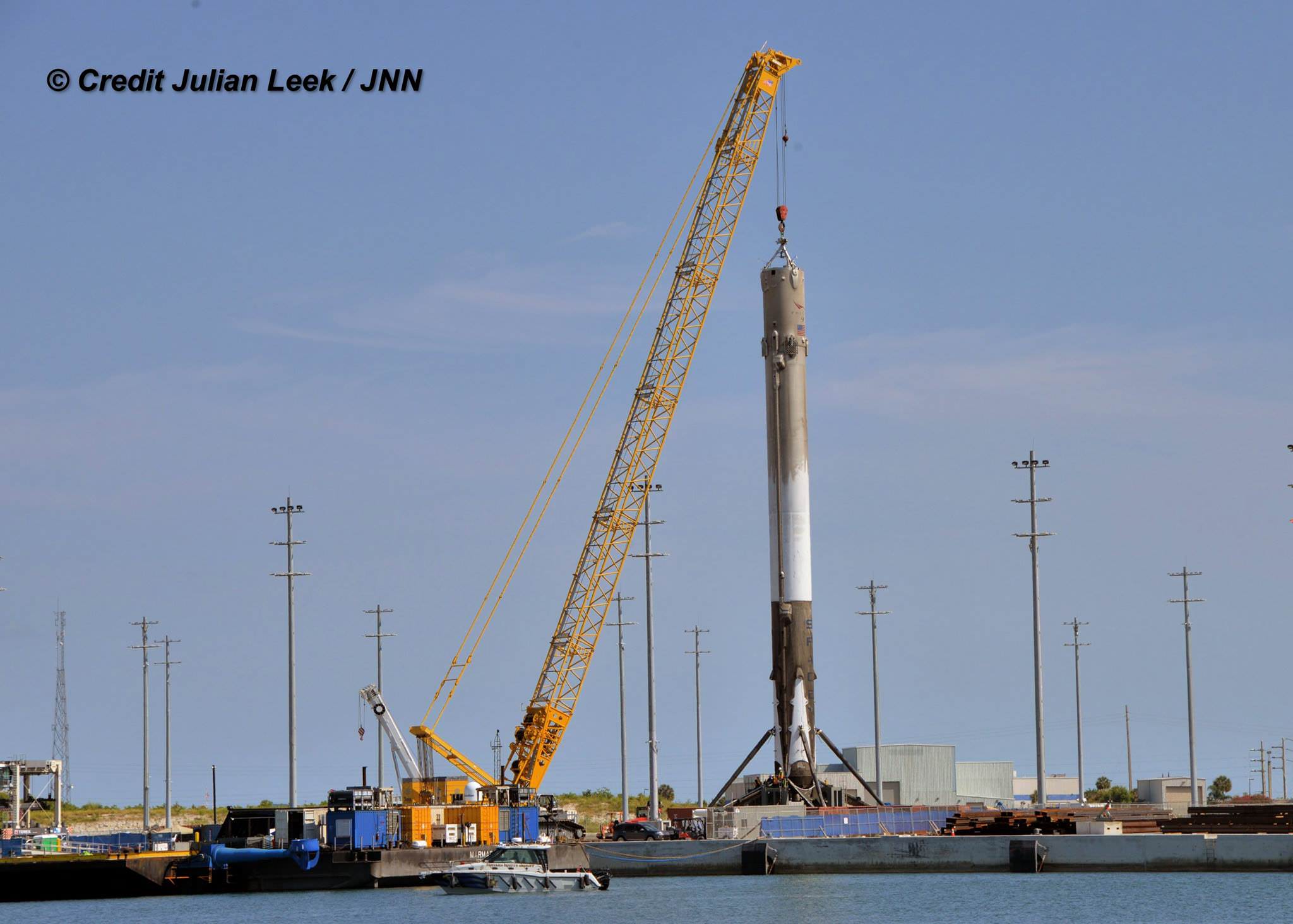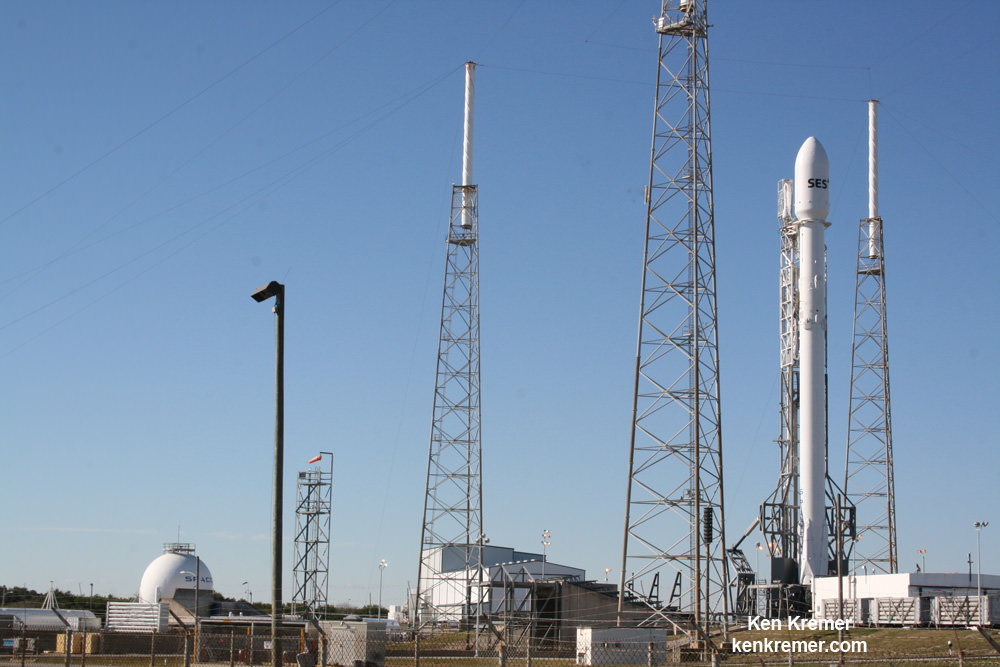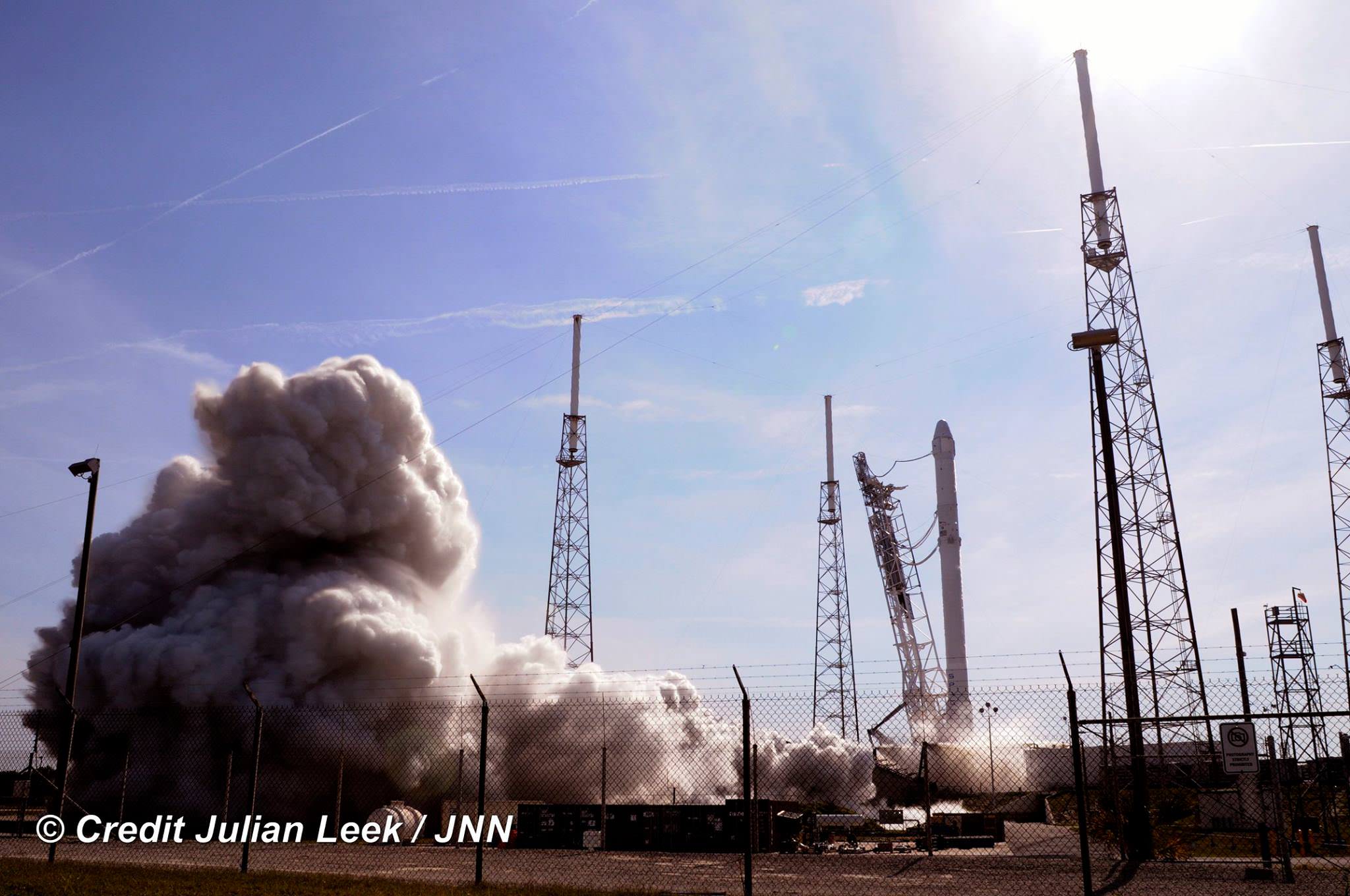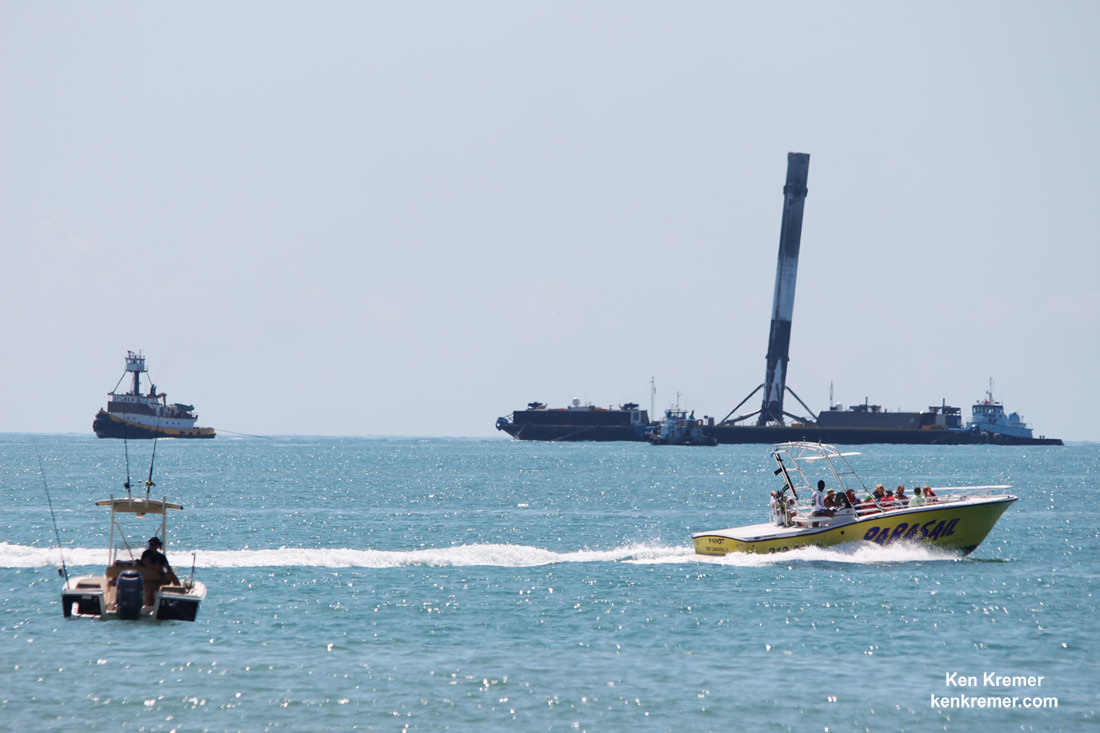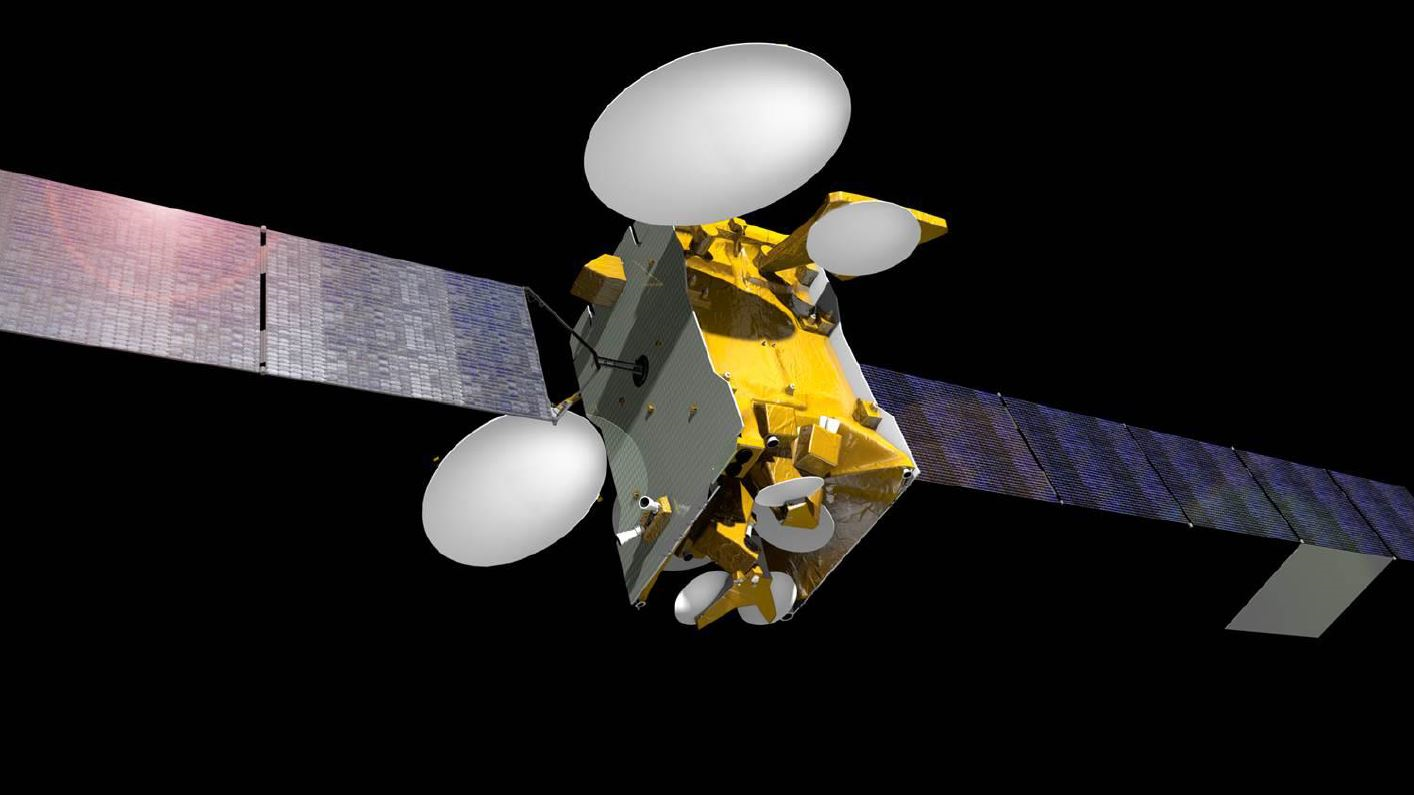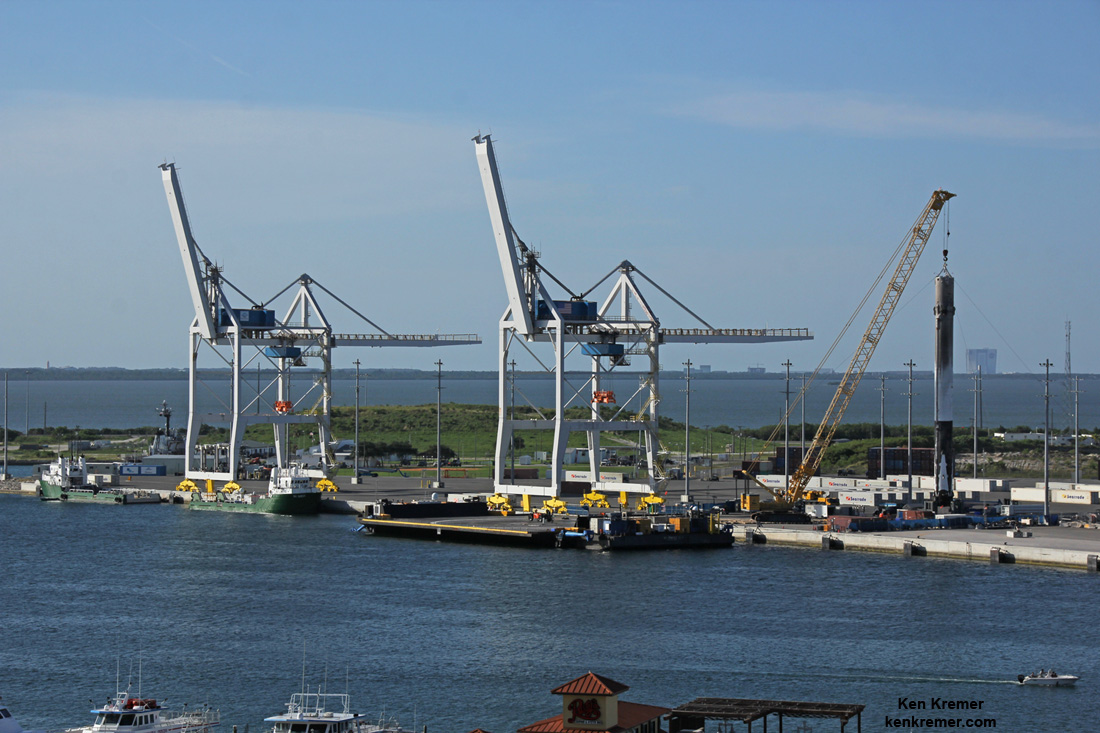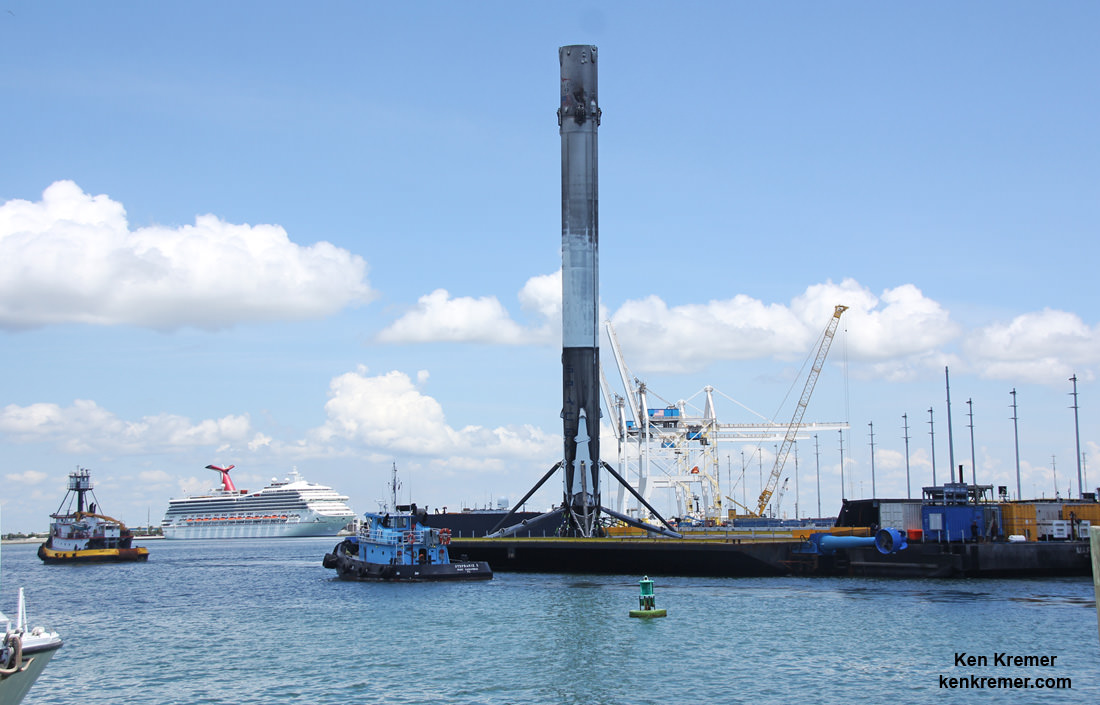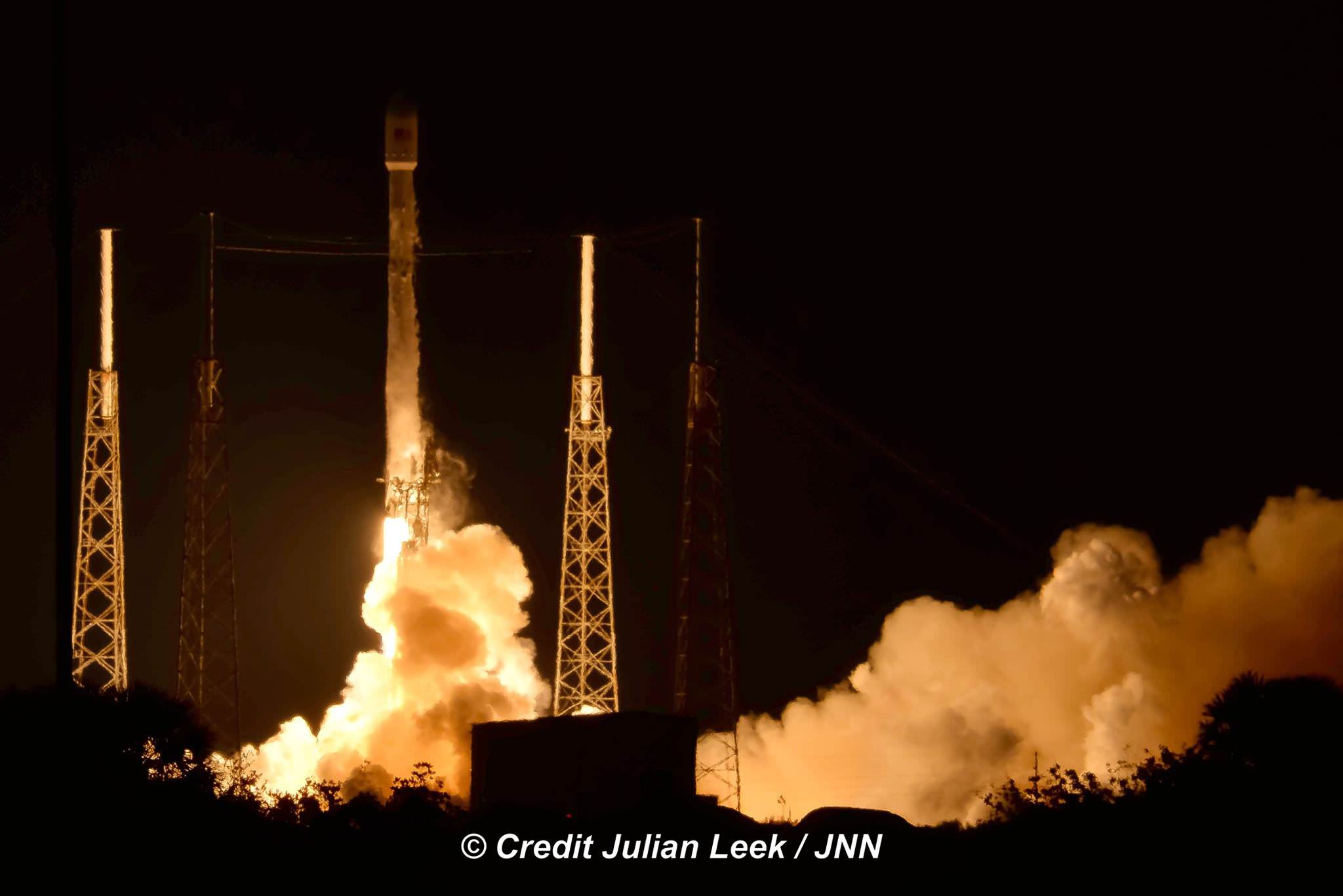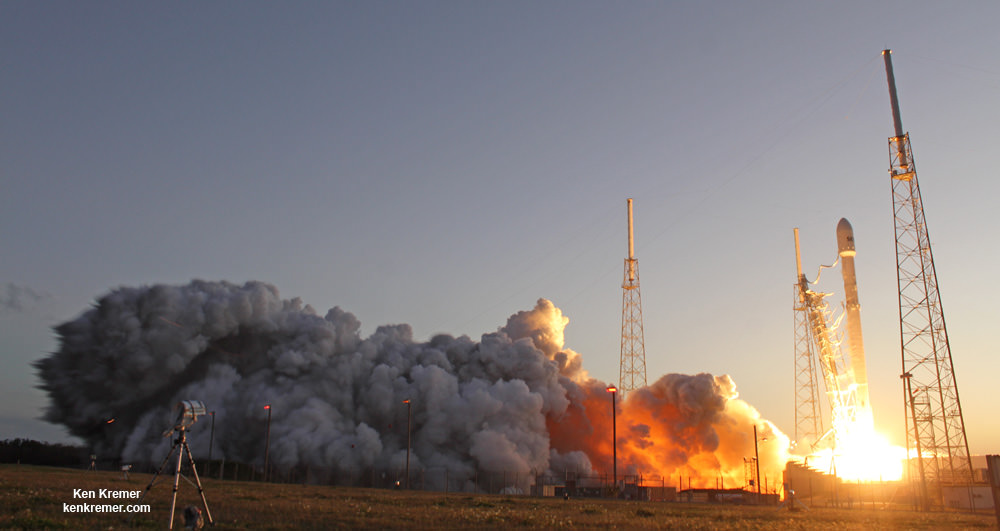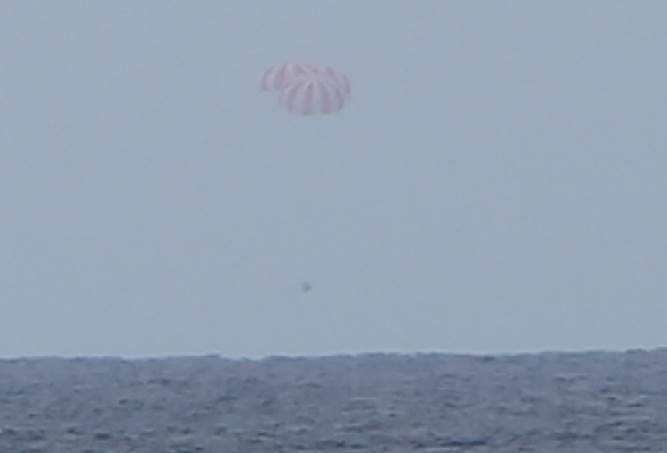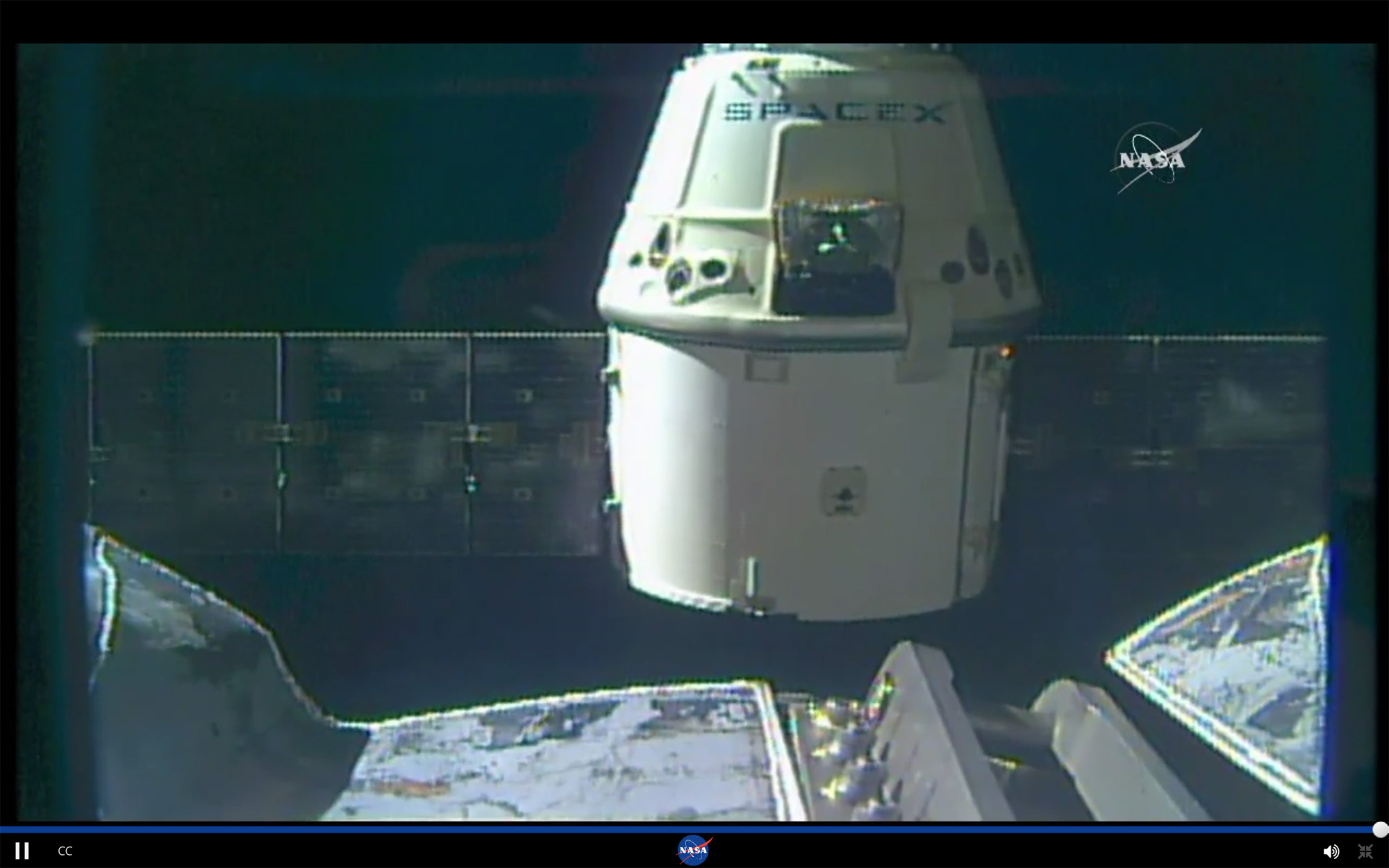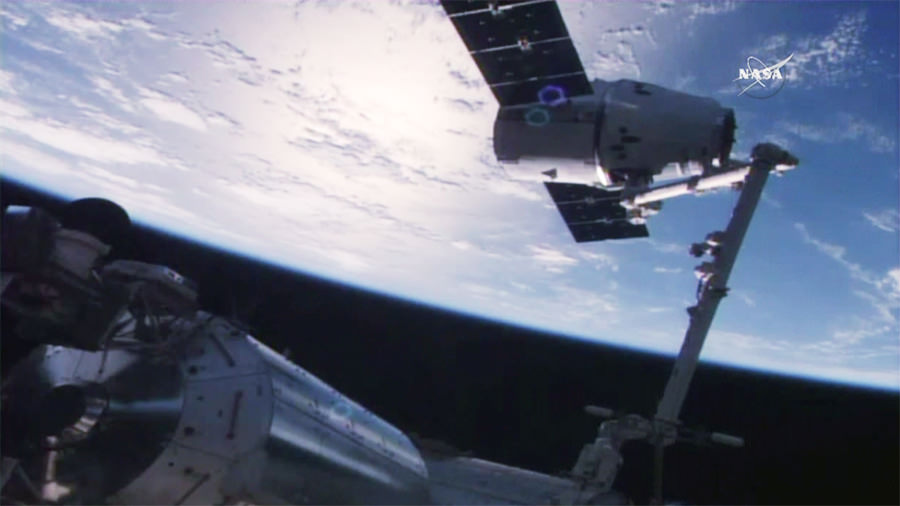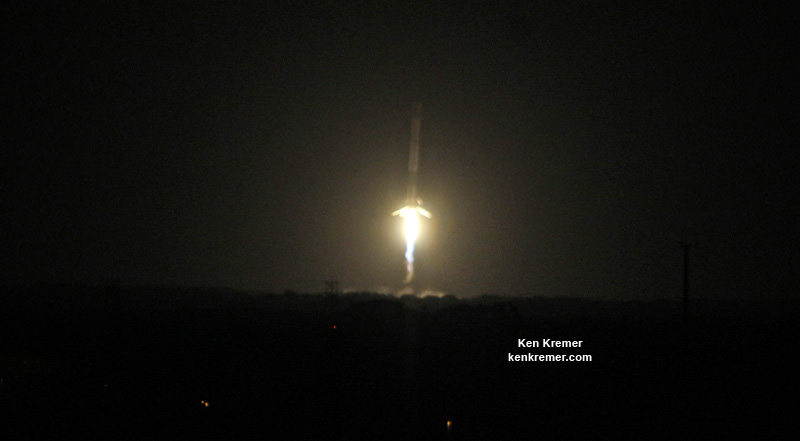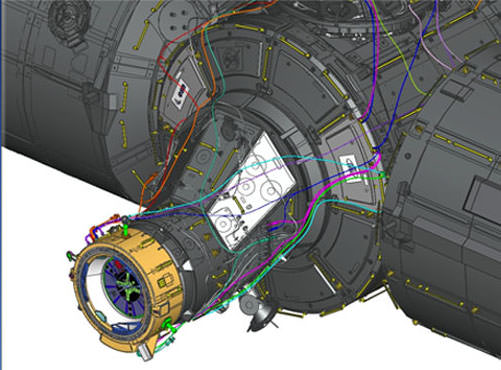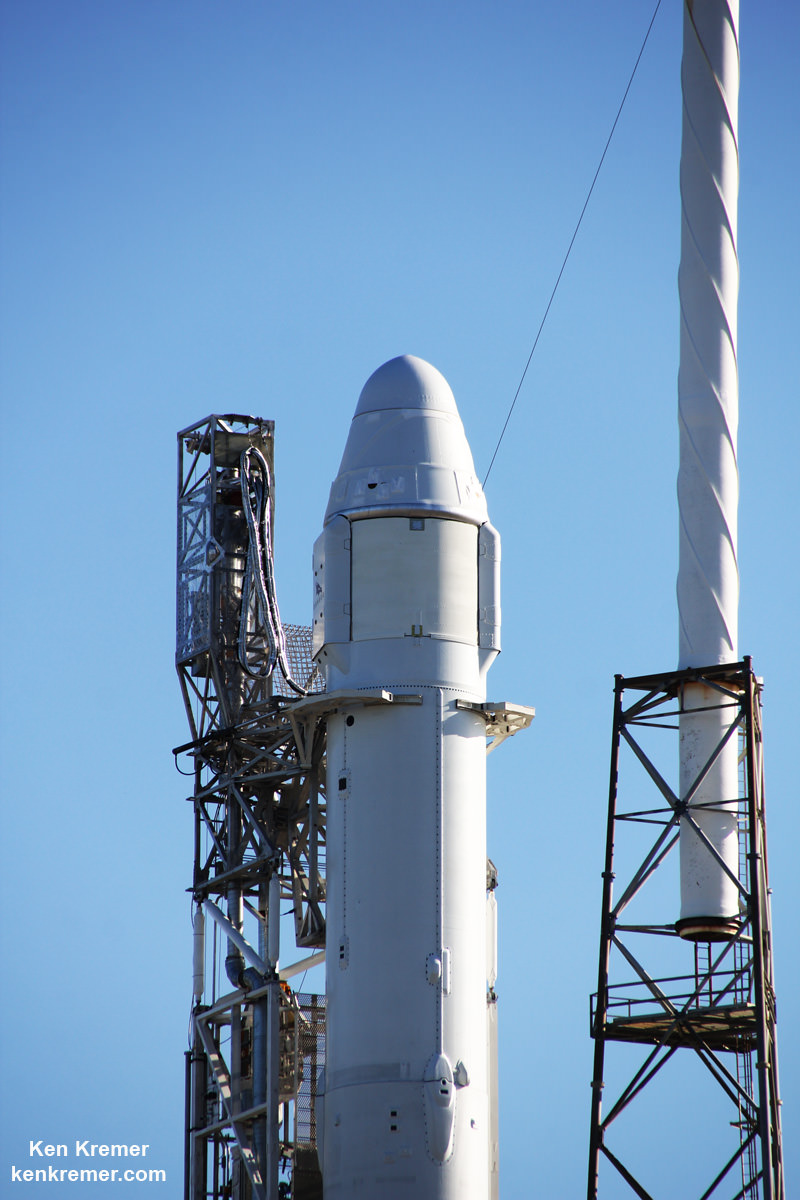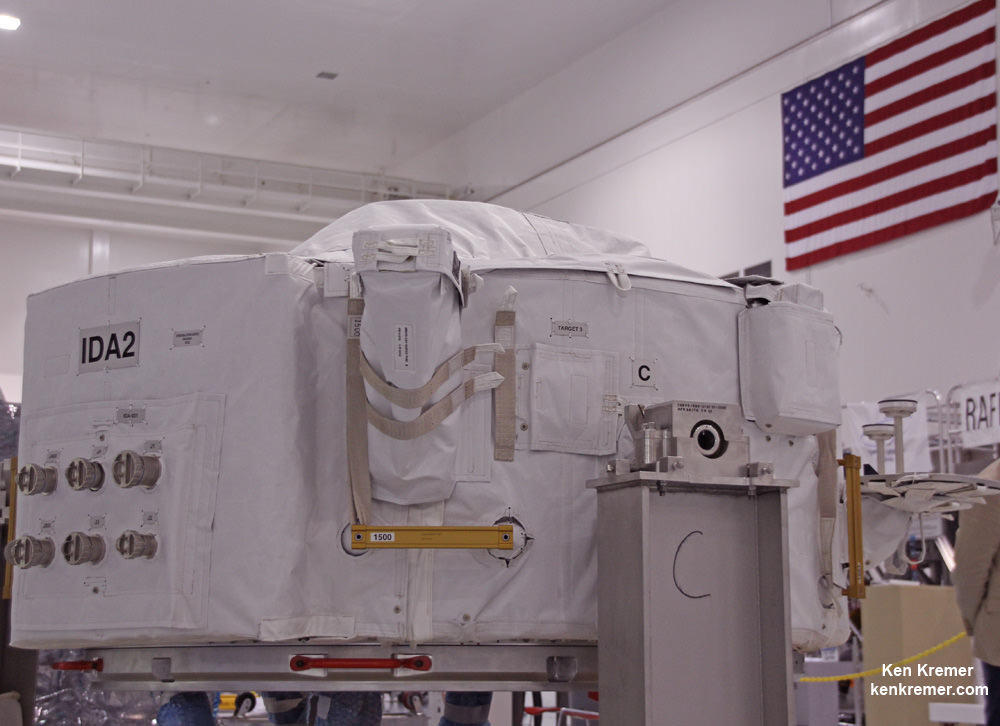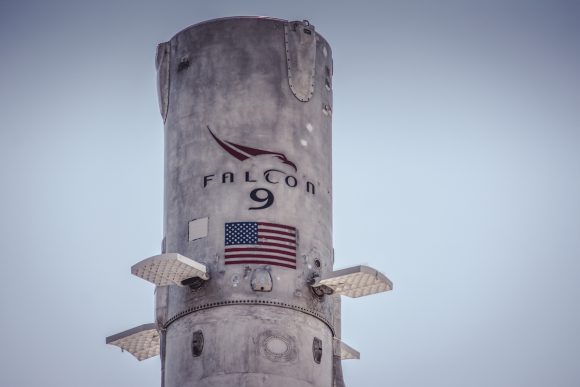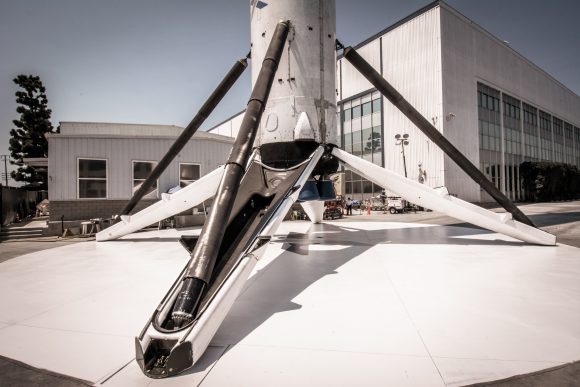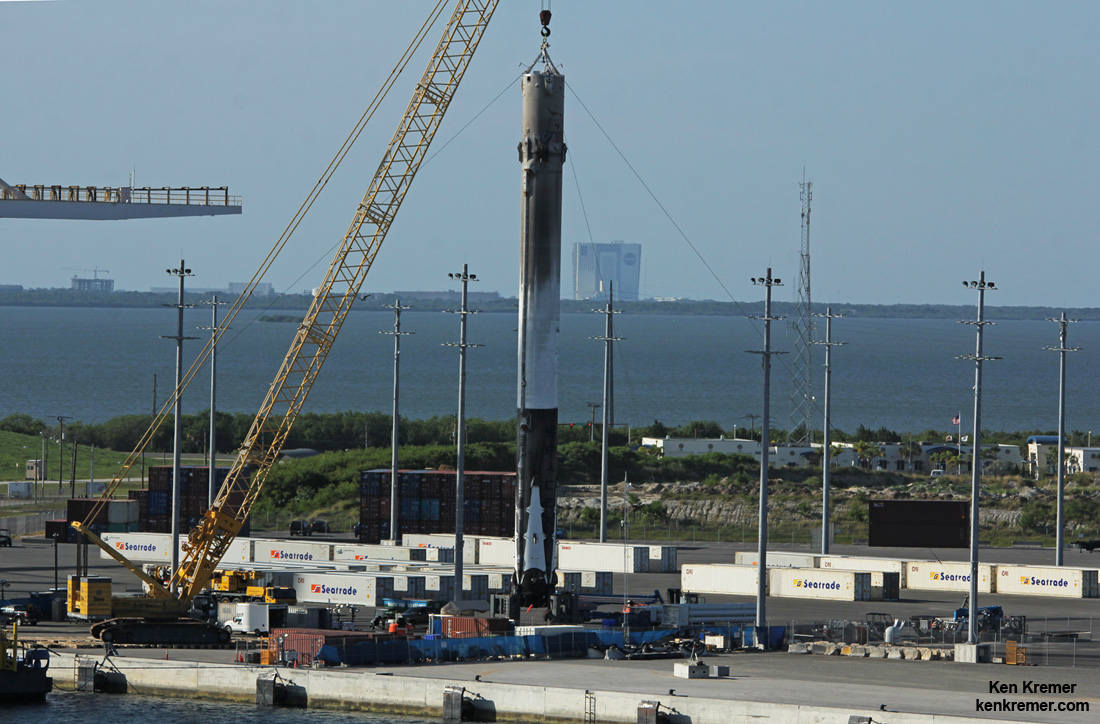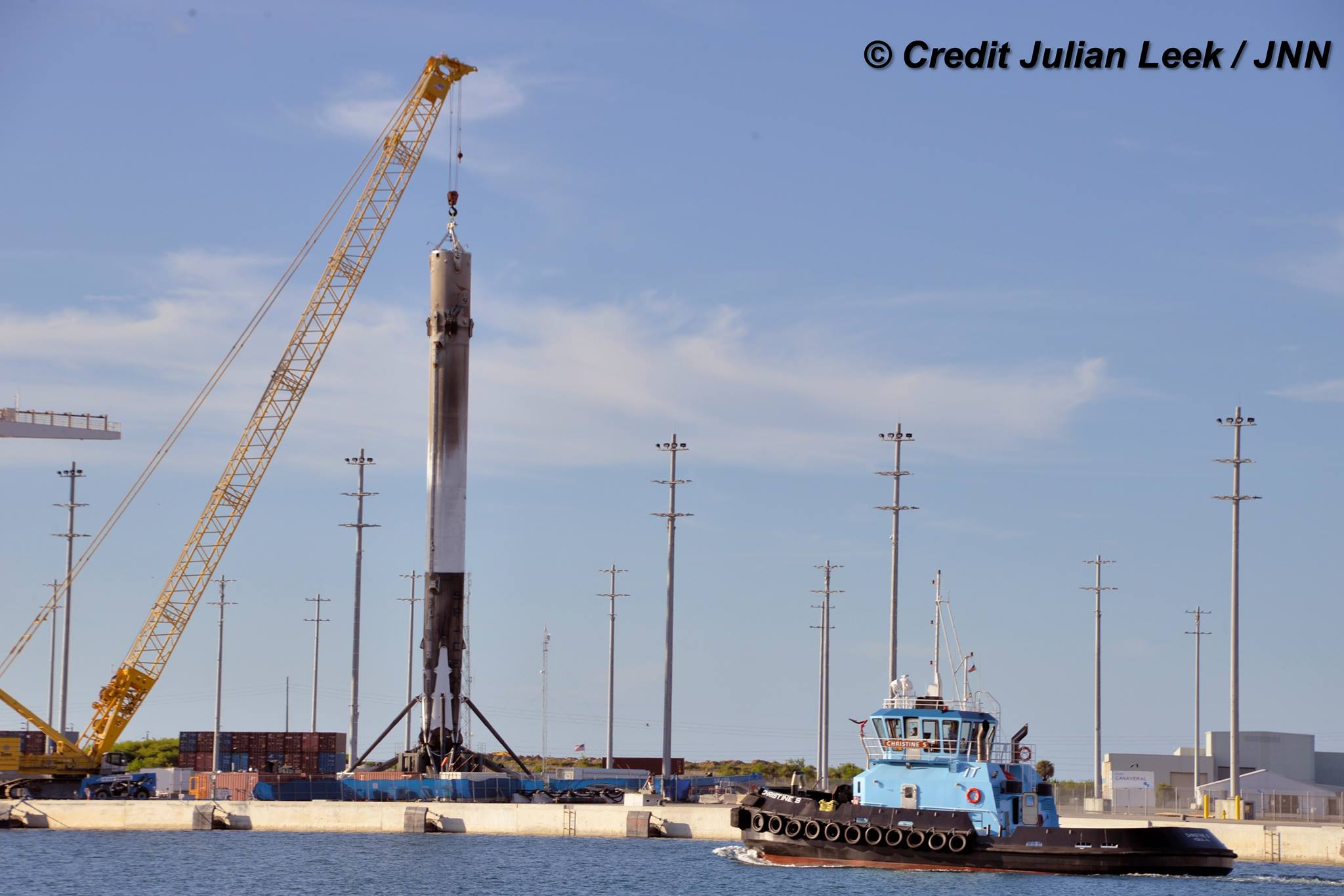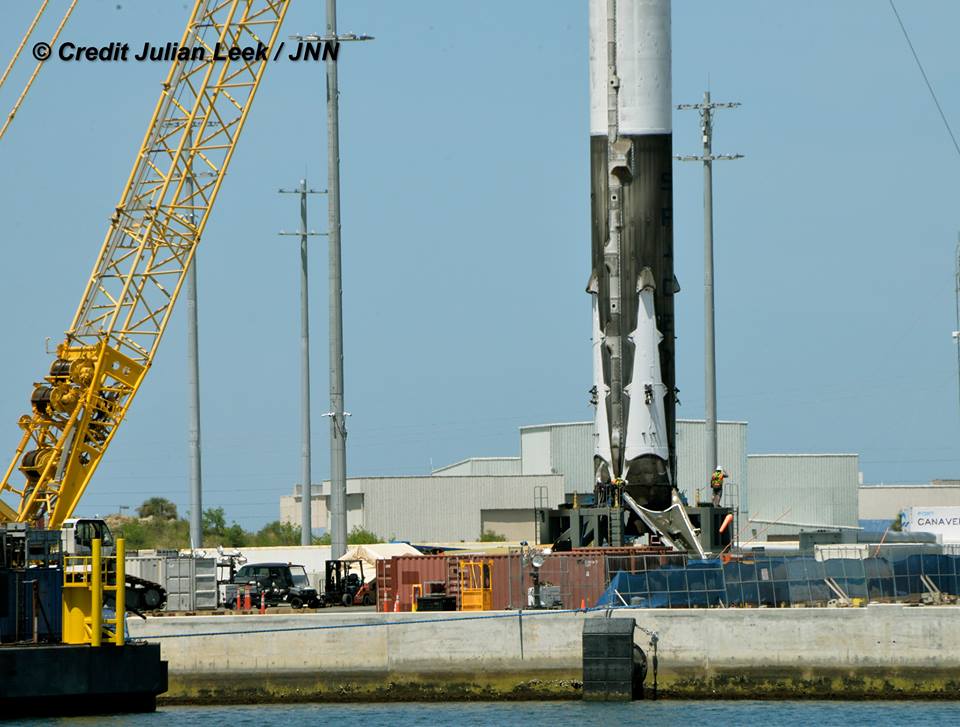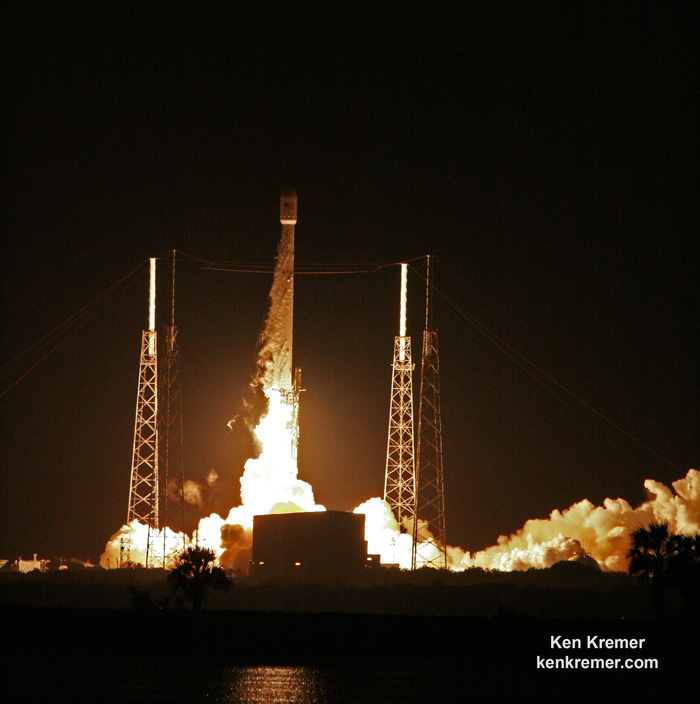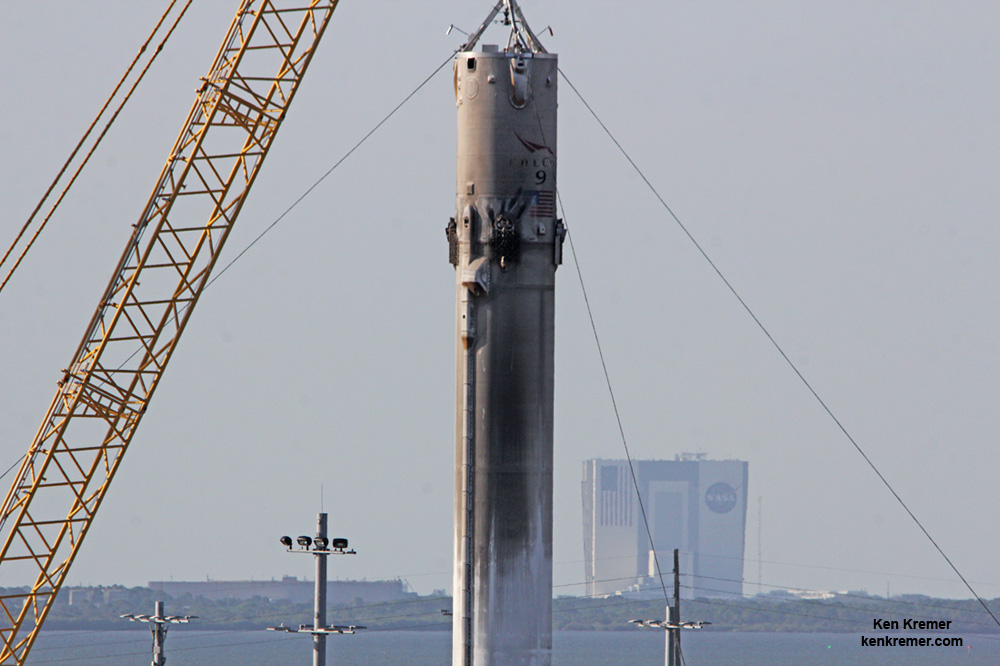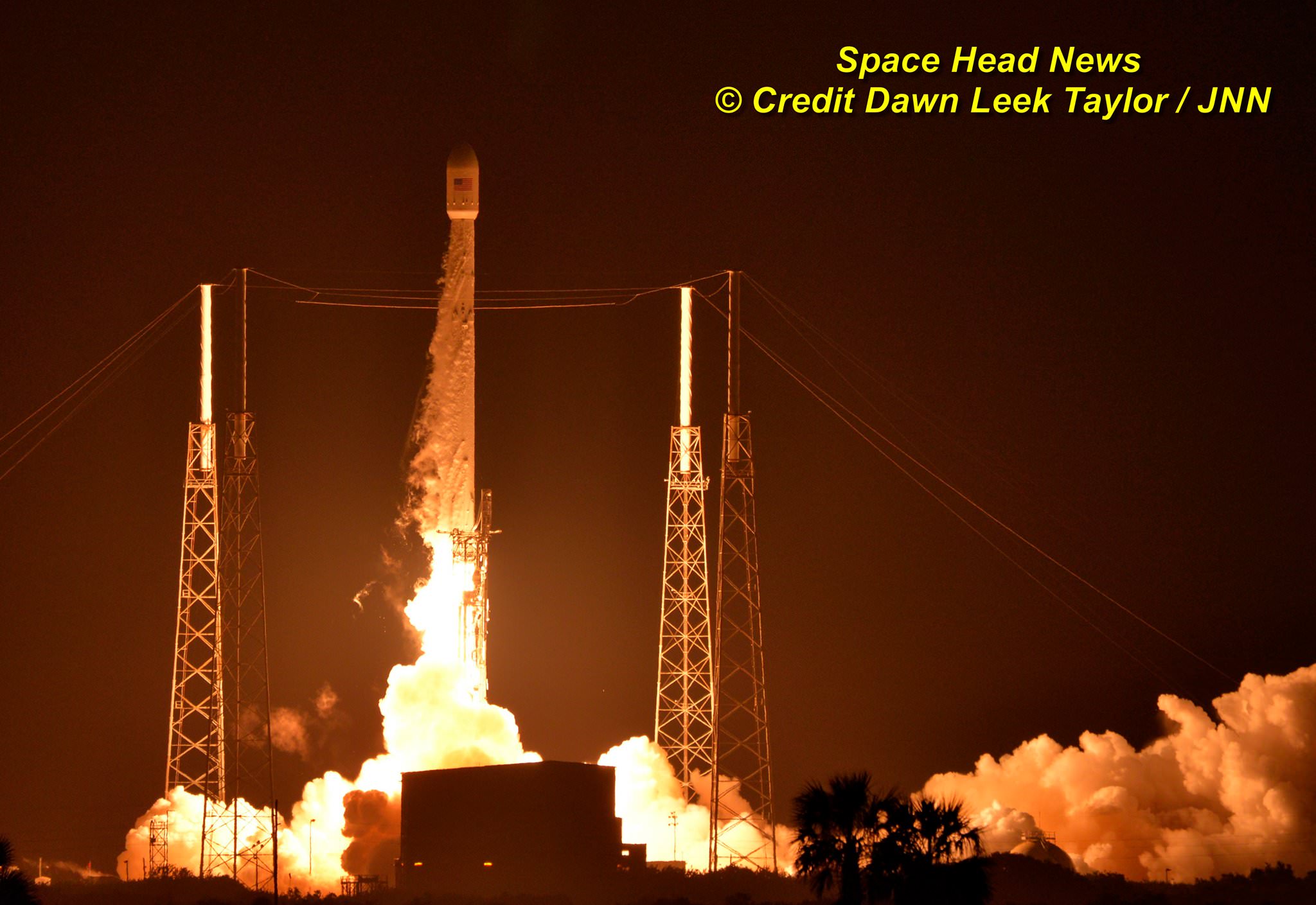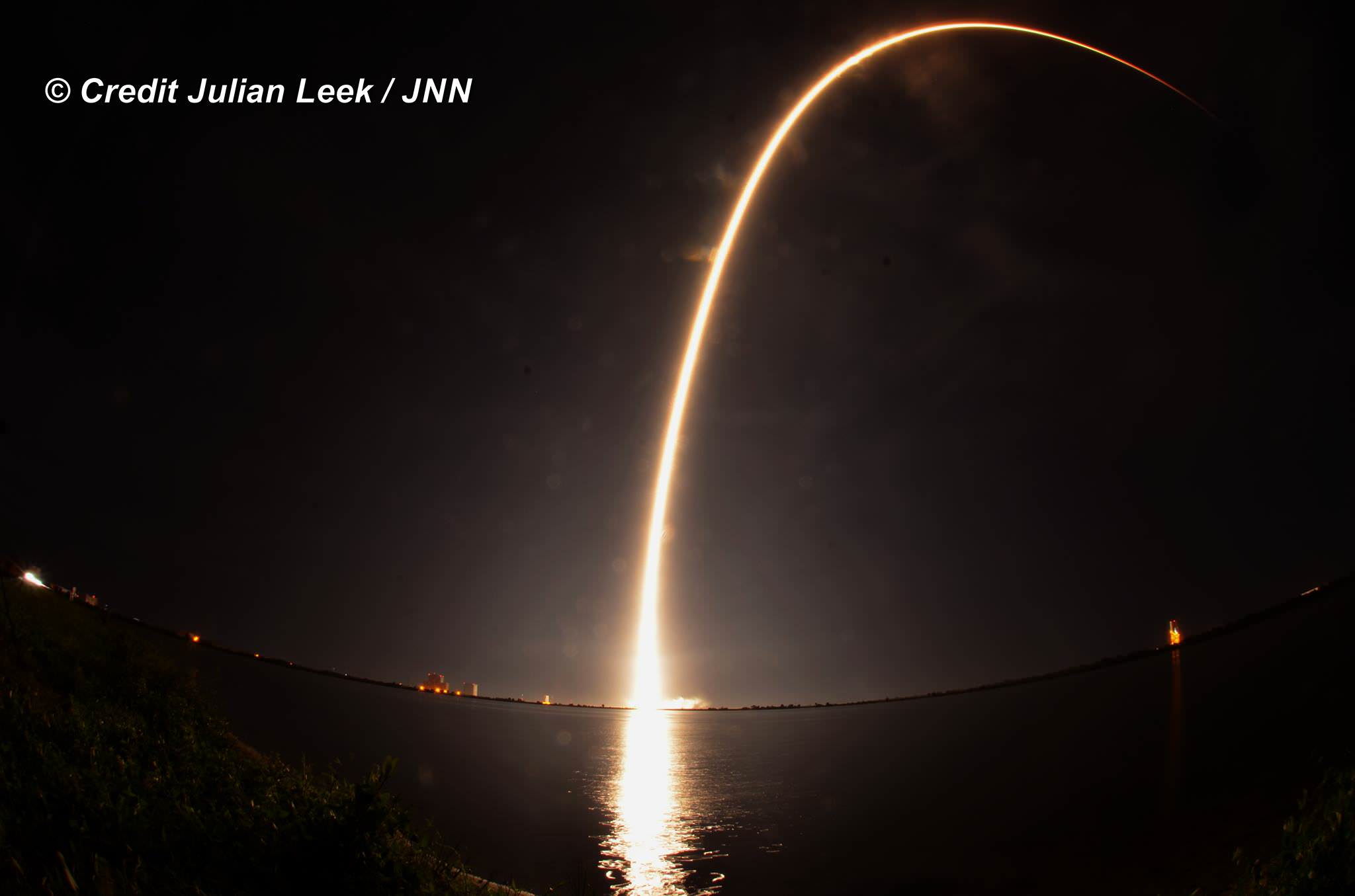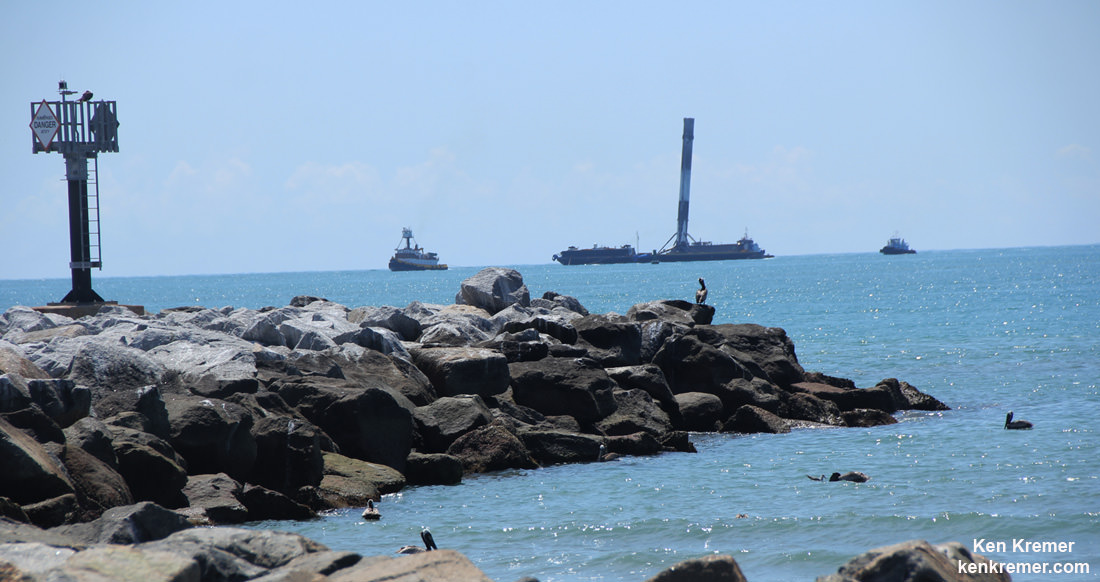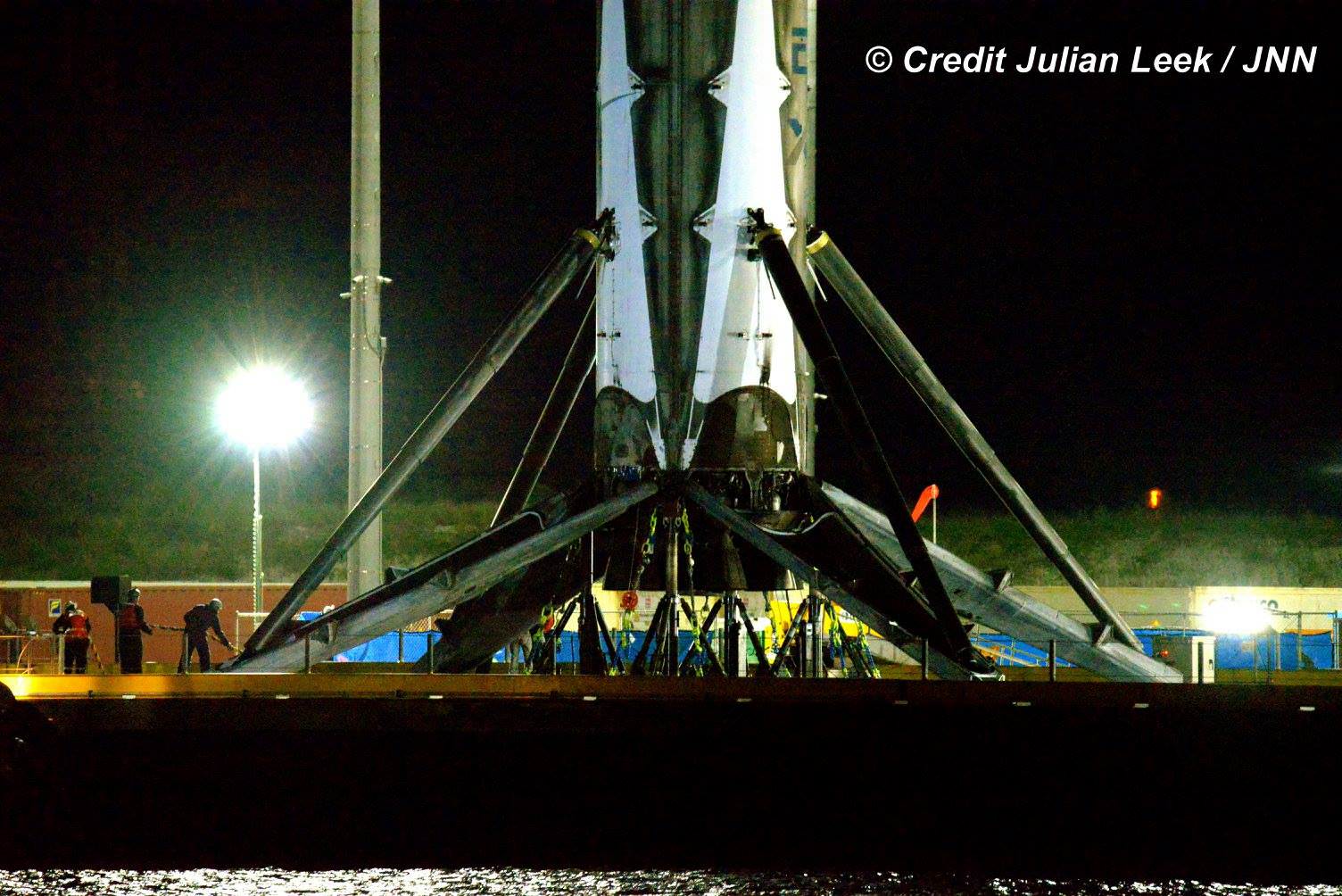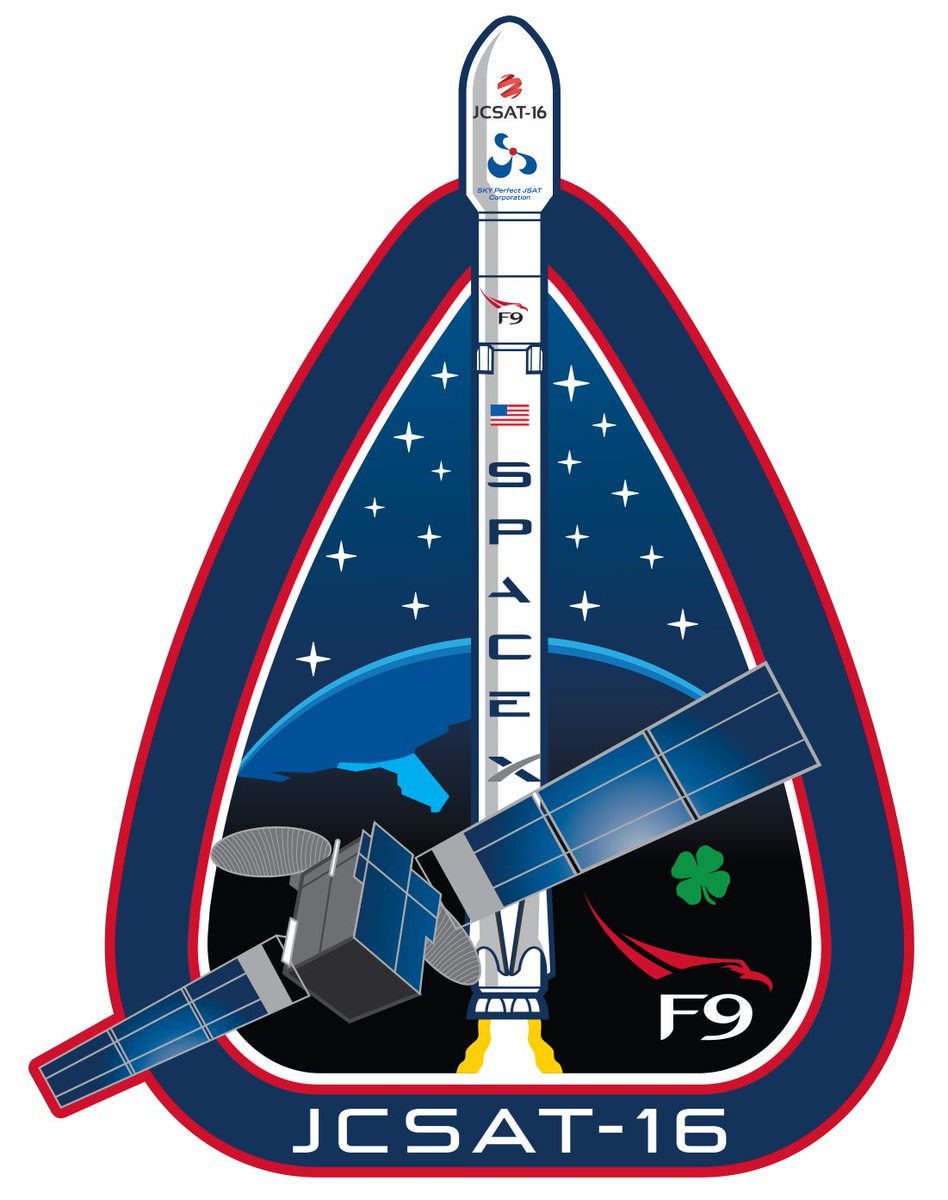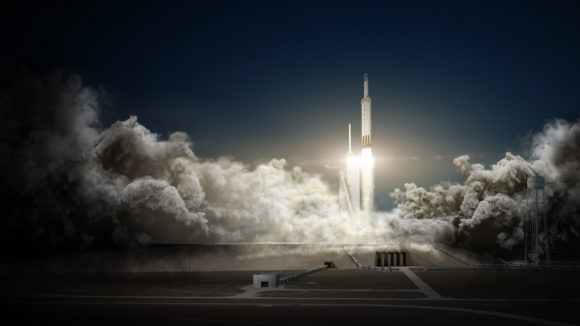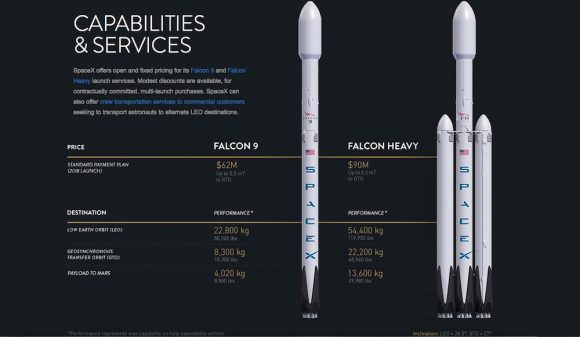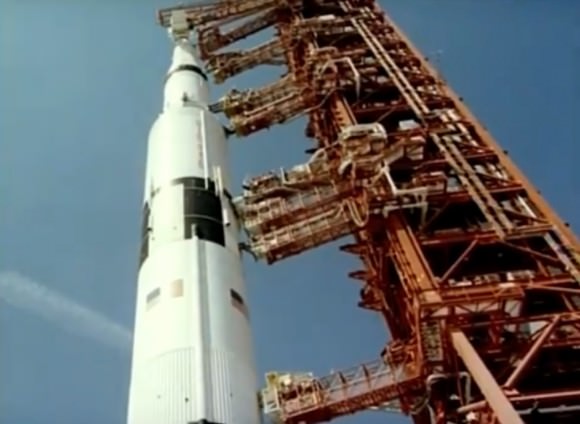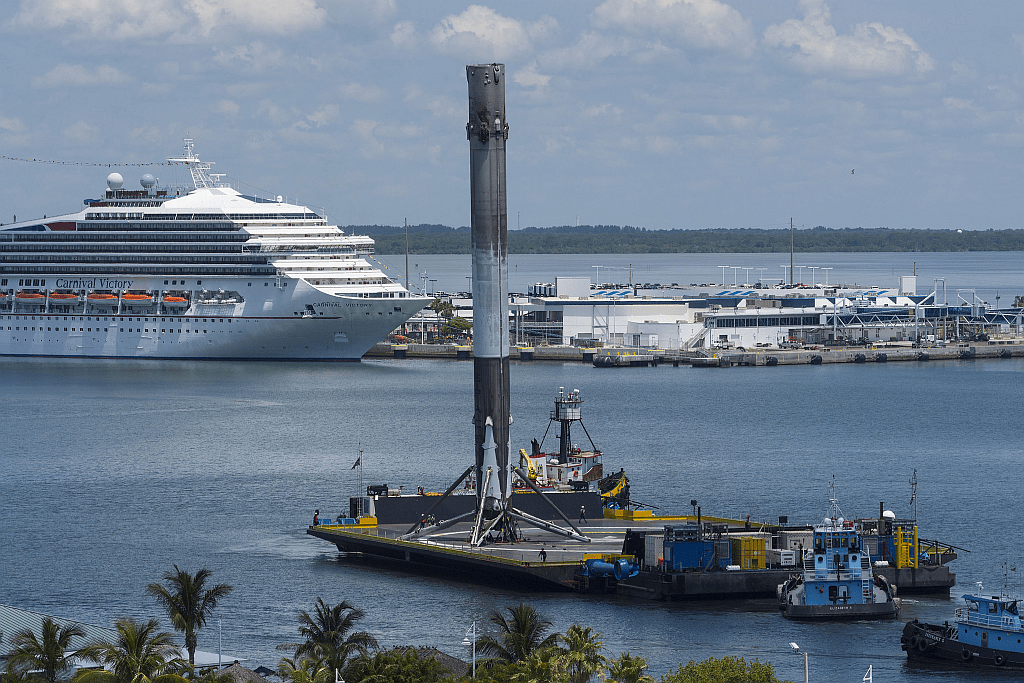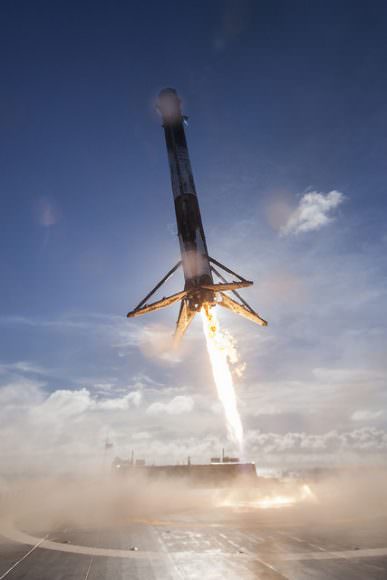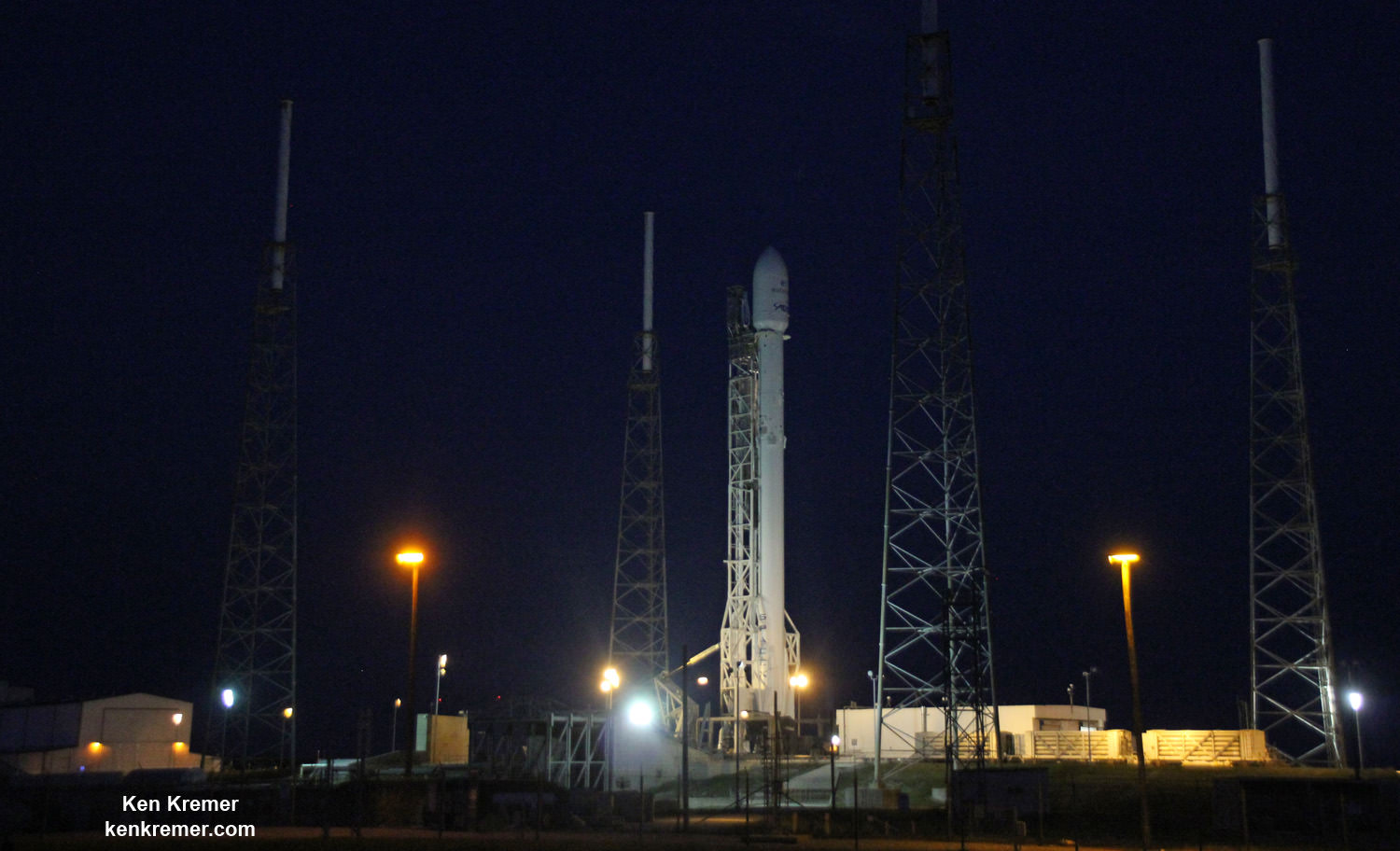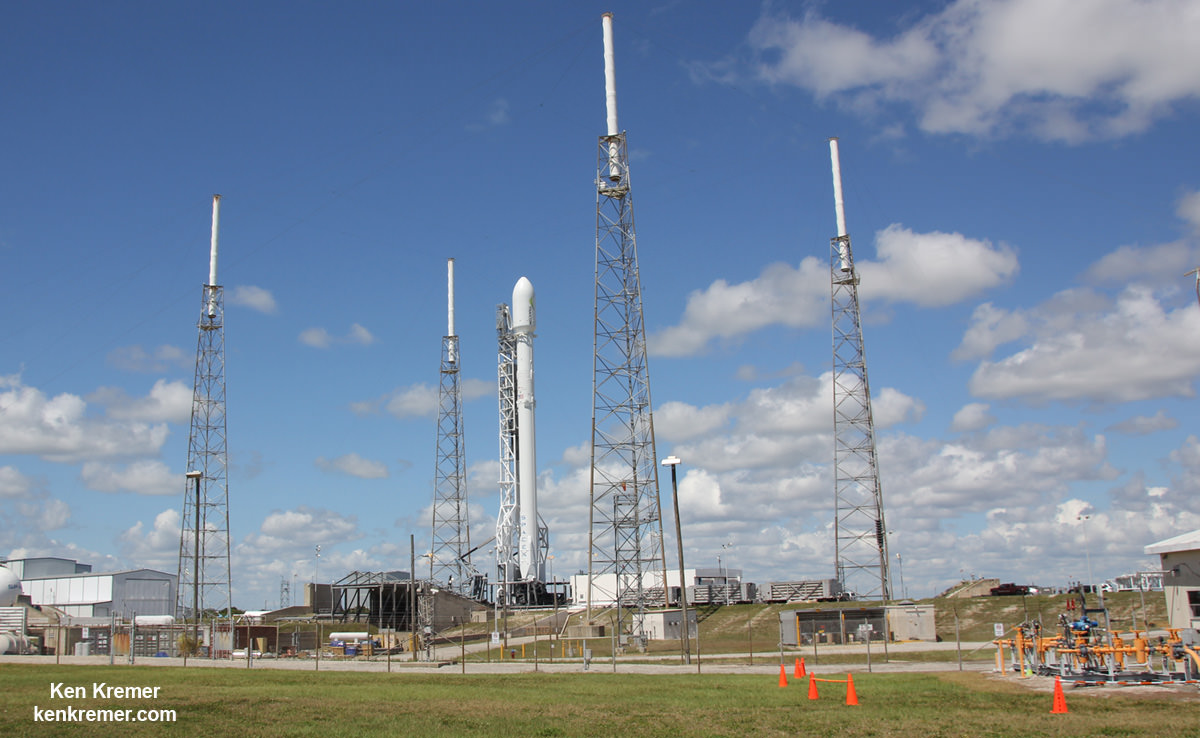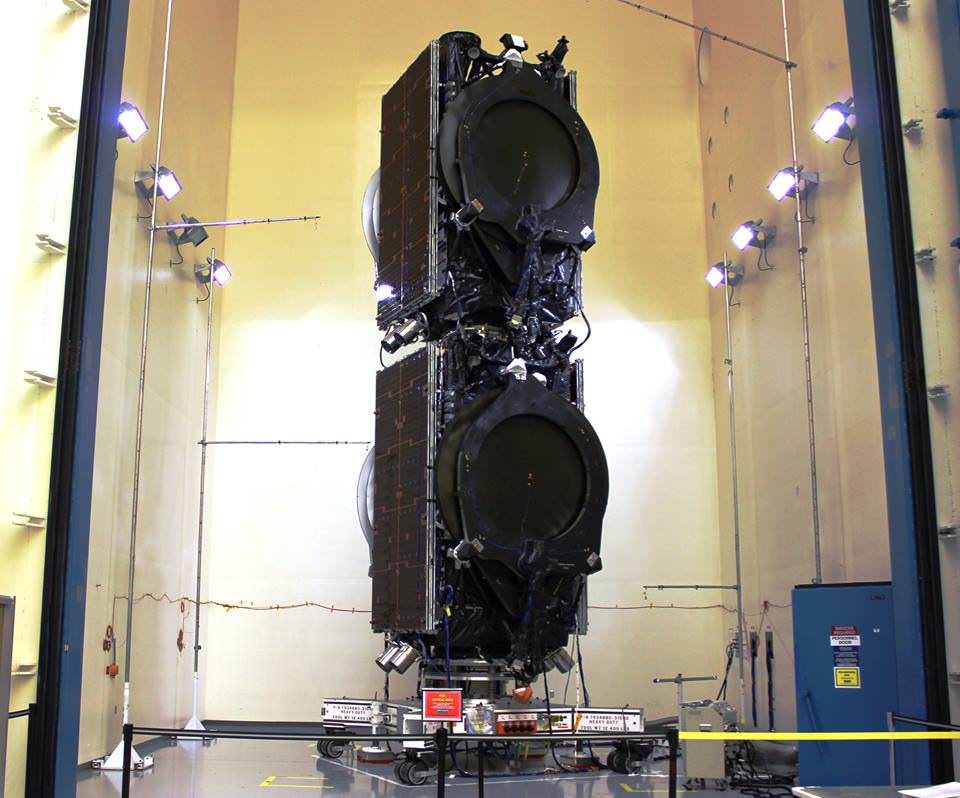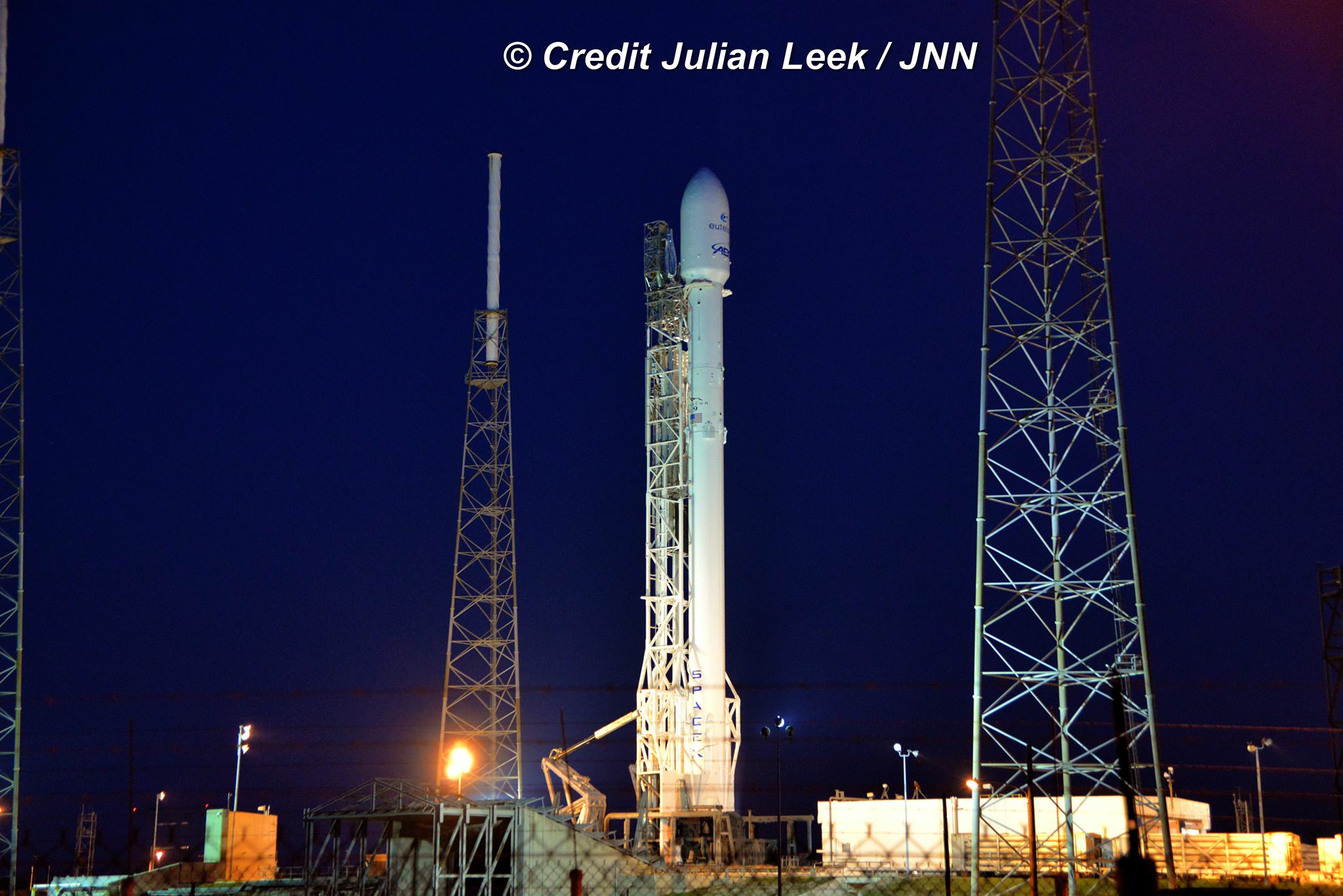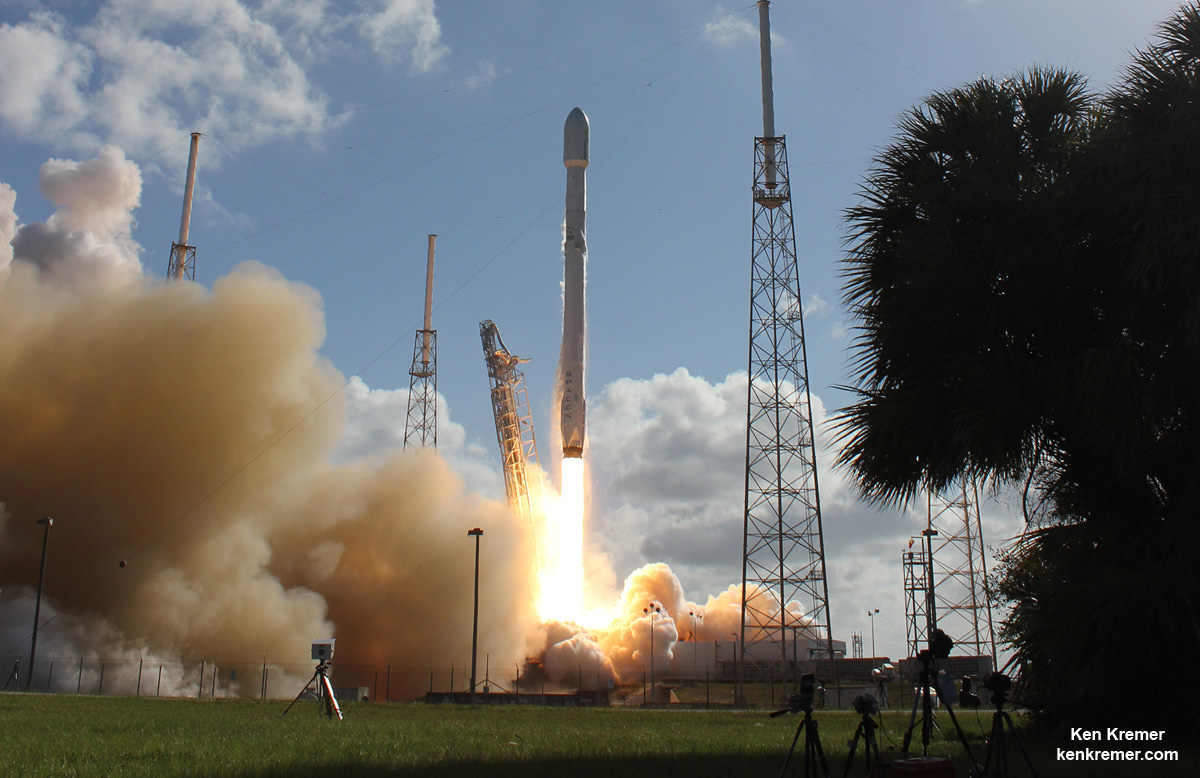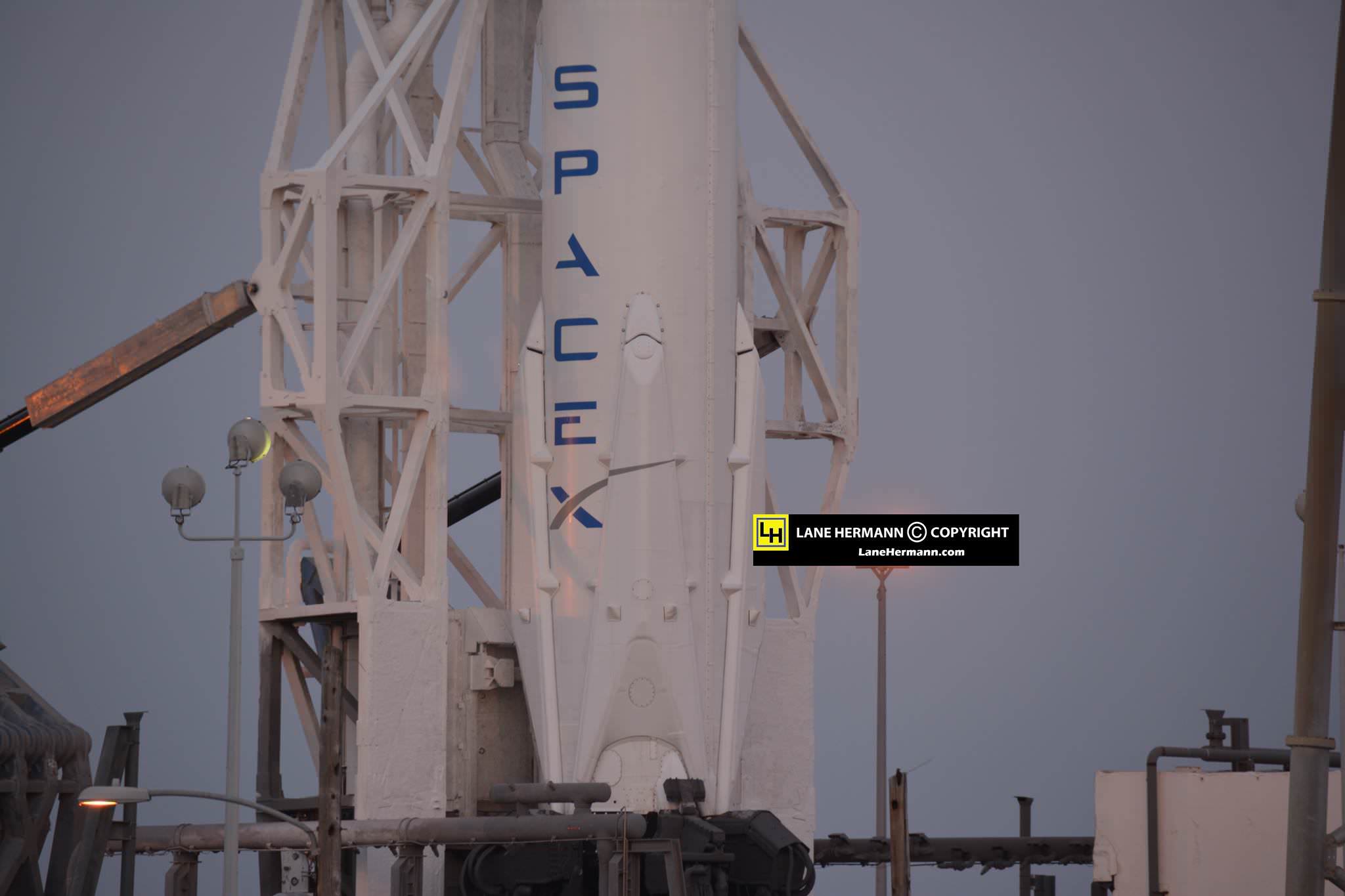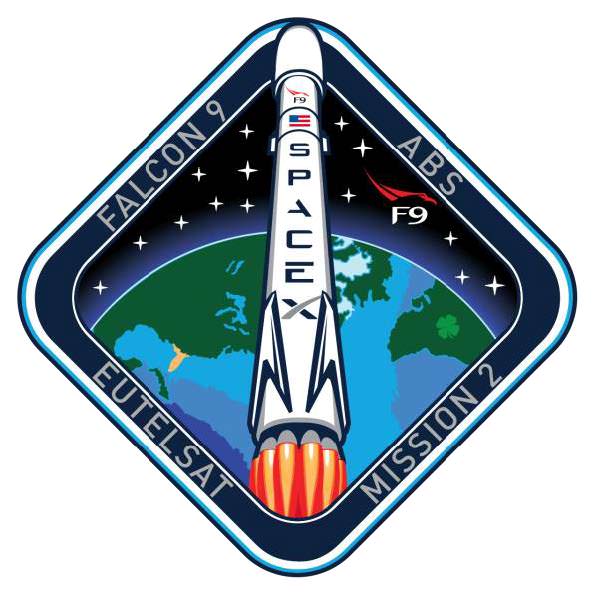On Sept. 1st, 2016, aerospace giant SpaceX suffered a terrible setback when one of their Falcon 9 rockets inexplicably exploded during a fueling test. An investigation into the causes of the accident – which Musk described as being the “most difficult and complex failure” in the company’s history – was immediately mounted.
And while the focus of the investigation has been on potential mechanical failures – such as a possible breach In 2nd stage helium system – another line in inquiry also came to light recently. In this case, the focus was on the ongoing feud between SpaceX and its greatest competitor, United Launch Alliance (ULA), and whether or not that could have played a role.
Speculation about this possible connection began after three unnamed industry officials who were familiar with the accident shared details of an incident that happened a few weeks after the explosion. According to The Washington Post, these officials claimed that SpaceX had come across something suspicious during the course of their investigation.
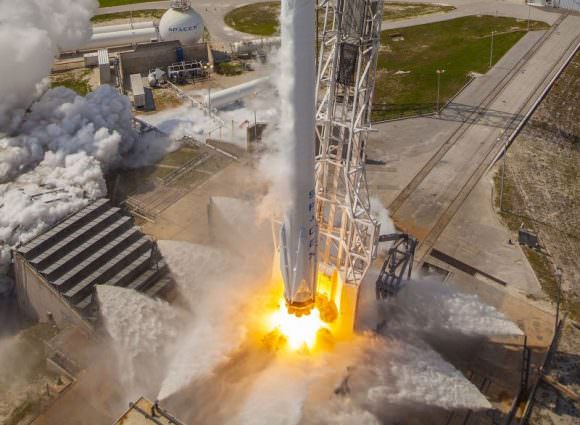
After pouring over images and video from the explosion, SpaceX investigators noticed an odd shadow and then a white spot on the roof of building located close to their launch complex. The building is currently being leased by ULA to refurbish their Sensible Modular Autonomous Return Technology (SMART) rocket motors – a key component in the company’s new Vulcan rocket.
Located about one and half kilometers (1 mile) from SpaceX’s launch facilities, and has a clear line of sight on the launch pad. SpaceX dispatched an representative to check it out, who arrived at the building and requested access to the roof. A ULA representative denied them access and called Air Force investigators, who then inspected the roof themselves and determined that nothing of a suspicions nature was there.
While the incident proved to be inconclusive, it is the fact that it was not previously reported that is raising some eyebrows. And it is just another mysterious detail to come from an accident that remains largely unexplained. However, in all likelihood the incident was avoided to prevent embarrassment to either company, and to avoid fueling speculations about possible sabotage (which seems highly unlikely at this point).
In the meantime, SpaceX is still investigating the explosion with the help of NASA, the Federal Aviation Administration (FAA), the USAF’s 45th Space Wing. Musk commented on the ongoing investigation while attending the International Astronautical Congress in Guadalajara, Mexico.
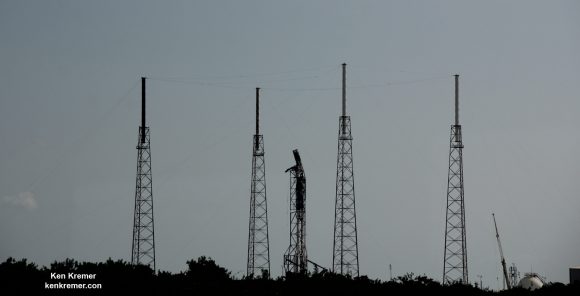
In the midst of sharing the latest details of his vision to colonize Mars, Musk was quoted by The Washington Post as saying that the investigation is his company’s “absolute top priority.” As for the cause, he went on to say that they have “eliminated all of the obvious possibilities for what occurred there. So what remains are the less probable answers.”
Whether or not sabotage is a realistic possibility, this incident does serve to highlight the rivalry between SpaceX and ULA. Prior to 2014, ULA was the sole provider of launch services for the US Air Force, until a lawsuit from SpaceX compelled them to open the field to competition. Since then, both companies have been fighting – sometimes bitterly – to secure national security contracts.
It has also brought the issue of government oversight and accountability to the fore. On Sept. 29th, members of Congress Mike Coffman (R-Co) and Robert Aderholt (R-Al) sent a congressional letter to the heads of NASA, the US Air Force and the FAA expressing concerns about SpaceX’s recent accidents and the need for “assured access to space”.
In the letter, Coffman and Aderholt indicated that authority for investigating this and other accidents involving commercial space companies should be entrusted to the federal government:
“The investigative responses to both SpaceX failures raise serious concerns about the authority provided to commercial providers and the protection of national space assets. In both Falcon 9 explosions, NASA and the FAA granted primary responsibility for conducting the mishap investigation to SpaceX. Although subject to FAA oversight, it can be asserted the investigation lacked the openness taxpayers would expect before a return-to-flight.”
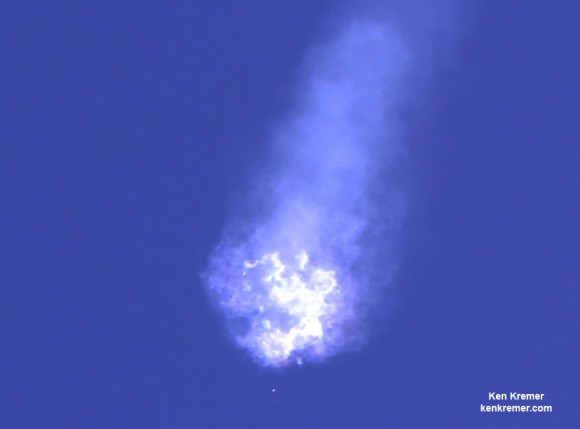
In other words, several Republican members of Congress hope to make SpaceX’s return to flight contingent on more stringent federal oversight. This may prove to be a source of inconvenience for SpaceX, which has stated that they intend to return to regular flights with their Falcon 9 rockets by November 1st.
Then again, increased federal oversight may also be beneficial in the long run. As is stated in the letter, both accidents involving SpaceX in the past few months occurred after the USAF signed off on the rockets involved:
“Both accidents occurred after the Air Force certified the Falcon 9 launch vehicle for U.S. national security launches, less than fifteen months ago. The certification, designed to subject the Falcon 9’s design and manufacturing process to a review of their technical and manufacturing rigor, appears to have fallen short of ensuring reliable assured US access to space for our most important payloads.”
Clearly, something is wrong if technical failures are not being caught in advance. But then again, space exploration is a hard business, and even the most routine checks can’t account for everything. Nevertheless, if there’s one thing that the Space Race taught us, it is that fierce competition can lead to mistakes, which can in turn cost lives.
As such, demanding that the federal authorities be on hand to ensure that safety standards are met, and that all competitors are being subjected to the same regulatory framework (without preference), might not be a bad idea.
Further Reading: The Washington Post

